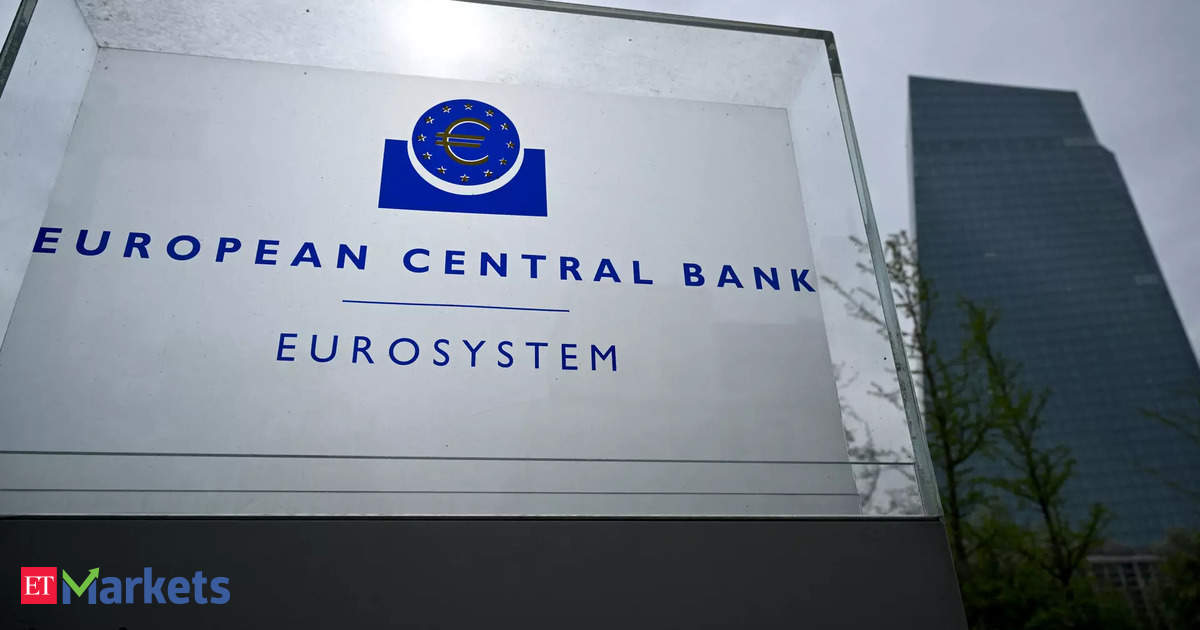The European Central Bank (ECB) announced on Thursday that it would leave interest rates unchanged, opting to maintain the current level of stimulus in the eurozone’s economy. This decision comes as central banks around the world contemplate when to cut rates in response to recent inflation concerns in the United States.
The US Federal Reserve’s unexpected acknowledgement of increasing inflationary pressures has sparked a global debate over whether other central banks should follow suit. While some analysts argue that rising inflation could warrant a rate hike to prevent overheating economies, others warn that premature tightening could stifle economic recovery.
Following the recent scare, the ECB held an internal discussion about the appropriate response. Ultimately, the bank decided that it was still premature to make any changes. ECB President Christine Lagarde emphasized the need for patience, stating that policymakers should avoid overreacting to temporary fluctuations in inflation.
Lagarde’s comments hinted at concerns about the strength of the eurozone recovery. Despite progress in vaccinations, the ECB remains cautious about the potential impact of new COVID-19 variants on economic growth. The bank’s decision to maintain stimulus measures is aimed at supporting the ongoing recovery and maintaining favorable financing conditions.
The ECB’s announcement comes as other central banks, including the US Federal Reserve and the Bank of England, also grapple with the question of when to adjust rates. In the United States, the debate has intensified following the release of strong economic data and widespread supply chain disruptions. While inflationary pressures are a cause for concern, policymakers are wary of acting prematurely and disrupting the fragile recovery.
The ECB’s decision to keep rates steady is expected to have implications for global financial markets. Investors will closely monitor the actions of central banks as they evaluate the appropriate response to inflationary pressures. Any unexpected shifts in monetary policy could trigger volatility in currencies, bonds, and stocks.
In conclusion, the European Central Bank has chosen to maintain its current level of stimulus and keep interest rates unchanged. This decision reflects the bank’s cautious approach to the uncertain economic outlook, amid concerns about rising inflation in the United States. As other central banks also face similar dilemmas, the global financial markets will be closely watching for any changes in monetary policy that could impact investment strategies and asset prices.











